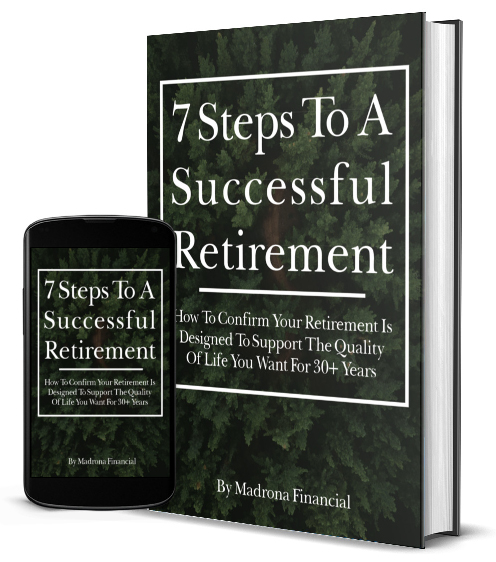
For many years, advisors have used the “rule of 100” to simplify the investment strategy and allocation for investors. But, in simplifying the process, advisors go away from helping their clients to understand their personal risk levels and ultimately how their personal risk tolerance has an effect on their overall investment strategy.
In the end, there may be a better alternative to the “rule of 100” that says: At age 60, you should have 60% of your portfolio in bonds and 40% in stocks. This is based on the idea that as an investor ages, more money should be allocated to “lower-risk” investments like bonds. Yet, when interest rates rise, bond prices will fall. Knowing that, having almost your entire portfolio in bonds might actually be riskier. We work with our clients to help educate them on the different investment options available based on their personal risk tolerance level. For more information, click here to download our investment management guide.
You won’t be able to determine if something is more or less risky for you by just guessing. Everyone has a different tolerance for risk, which is why you should take a test on your current risk level to determine what your investment strategy should look like. In the end, your investment strategy and allocation should match your tendencies depending on whether you’re conservative, aggressive, or some sort of mix. Without fully understanding risk preferences, most people are overly aggressive when the market is up and overly conservative when the market is down.

